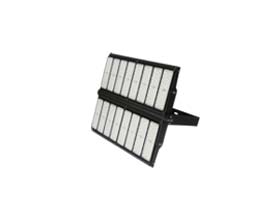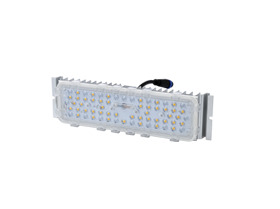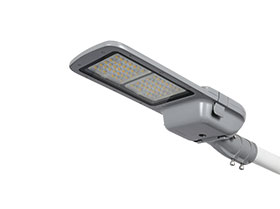Maintenance and Inspection Protocols for Airport Flood Lights
Understanding the Importance of Airport Flood Lights
Airport flood lights play a crucial role in ensuring safe operations during night-time and adverse weather conditions. These powerful luminaires illuminate runways, taxiways, and surrounding areas, guiding pilots and ground crew in navigating and maintaining a smooth and secure flow of air traffic. Considering the criticality of their function, it is imperative to establish robust maintenance and inspection protocols to guarantee their continuous operation and performance.
Regular Maintenance as the Key to Reliable Airport Flood Lights
To maintain the proper functioning of airport flood lights, regular maintenance is essential. Firstly, it is crucial to conduct routine visual inspections to identify any signs of wear, damage, or malfunctioning components. Additionally, scheduled cleaning of the flood light fixtures is necessary to prevent the accumulation of dirt, debris, and bird droppings, which can impact the light output.
To prevent unexpected failures and ensure optimal illumination, proactive measures such as testing the electrical connections and inspecting the wiring system should be incorporated into the maintenance routine. This helps identify loose connections, damaged cables, or any other electrical faults that may compromise the performance of airport flood lights.
Comprehensive Inspection Guidelines for Airport Flood Lights
Inspections should not be limited to routine maintenance checks. A comprehensive inspection of airport flood lights should be carried out periodically to assess their overall condition and compliance with safety standards. Thorough inspections involve evaluating the alignment of flood lights, focusing on the target areas, and checking for any misalignment that could lead to inefficient lighting.
In addition, it is imperative to inspect the mounting structures and ensure that they are securely fastened and capable of withstanding weather conditions and potential vibrations caused by aircraft. Any signs of corrosion, wear, or damage to the mounting system must be promptly addressed to maintain the stability and durability of the flood light fixtures.
Importance of Professional Maintenance Services
Given the criticality of airport flood lights, engaging professional maintenance services should be prioritized. Experienced technicians possess the expertise to conduct in-depth inspections, identify potential issues, and provide appropriate repairs or replacements. Their knowledge of industry standards and regulations ensures that all maintenance and repair work is carried out in compliance with safety guidelines.
Moreover, professional maintenance services offer the advantage of specialized tools and equipment, enabling them to conduct more precise diagnostics and testing. These resources facilitate timely identification of impending failures or suboptimal performance, helping airports avoid any potential safety hazards.
Maintaining and inspecting airport flood lights is a critical responsibility for airport authorities to ensure the safety of aircraft operations during night-time and adverse weather conditions. By implementing a structured maintenance and inspection protocol, airports can minimize the risk of unexpected failures, optimize flood light performance, and enhance the overall safety of air traffic. Engaging professional maintenance services further strengthens these efforts, as experienced technicians are equipped with the skills and knowledge to effectively detect and resolve any issues related to airport flood lights. By upholding these protocols, airports can guarantee that their flood light systems continue to provide reliable and efficient illumination for the safety and security of all aircraft.
 English
English  中文
中文
 日本語
日本語
 Deutsch
Deutsch
 Türkçe
Türkçe



